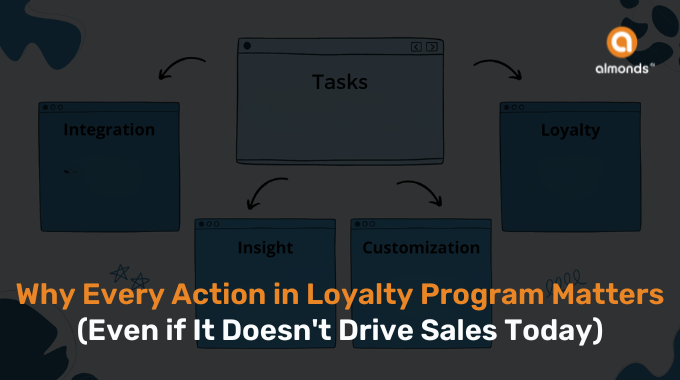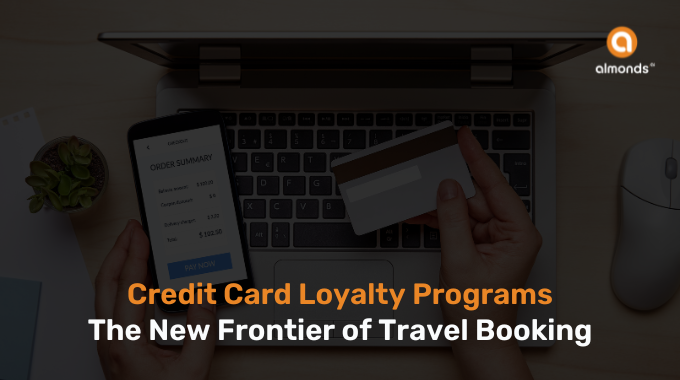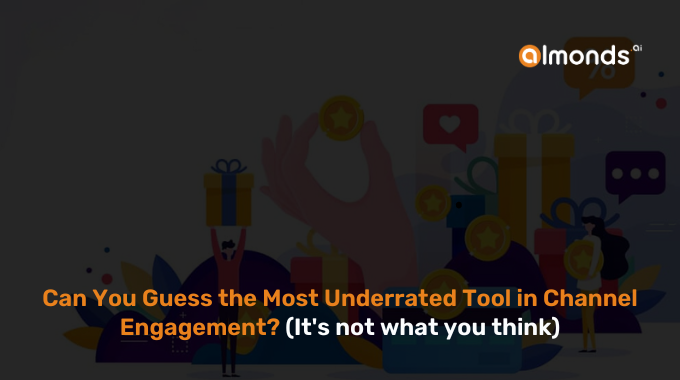Are you tired of your loyalty program feeling like a lonely game of solitaire? Are you ready for your customers to start ghosting you like that ex from college? Well, strap in folks, because we’re about to give you the rundown on why your loyalty program is headed for a spectacular failure. But don’t worry, it’ll be a hoot!”
There are a number of reasons why B2B loyalty programs can fail. Some common reasons include:
- Lack of clear objectives: Without clear objectives, it can be difficult to measure the success of a loyalty program, and it may not align with the overall goals of the organization.
- Insufficient incentives: If the rewards offered by a loyalty program are not attractive or meaningful to participants, they may not be motivated to engage with the program or to maintain their loyalty to the brand.
- Complexity: If a loyalty program is too complex or difficult to understand, it may discourage participation.
- Poor communication and promotion: If a loyalty program is not effectively communicated or promoted to potential participants, it may struggle to gain traction.
- Limited budget: If the budget for a loyalty program is too limited, it may not be able to offer the level of incentives and rewards necessary to keep participants engaged.
- Limited data: Without proper data management and analytics, it can be hard to track progress of the program or identify areas of improvement.
- Inability to Scale: Some of the programs are not scalable, which makes it hard to increase the number of participants, and that makes it hard to achieve the desired ROI.
- Lack of personalization: Many loyalty programs fail to take into account the individual preferences and needs of participants, which can make it difficult to create meaningful engagement and foster loyalty.
Please understand, a successful B2B loyalty program requires careful planning, clear objectives, appropriate incentives, effective communication, and data-driven decision-making.
There are several things that you can do to make a B2B loyalty program more interesting to customers and channel partners:
- Personalization: #Personalization is key to making a loyalty program interesting and relevant to participants. By understanding the unique needs and preferences of customers and channel partners, you can create incentives and rewards that are tailored to their interests.
- Communication: Clear and consistent communication is essential for keeping participants informed about the program and engaged with the brand. You should use a variety of communication channels (e.g., email, social media, webinars) to promote the program and provide updates on rewards and incentives. #unified #communication
- Flexibility: B2B customers and channel partners are diverse, and they may have different needs, preferences, and expectations. You should strive to create a program that is flexible and adaptable so that it can meet the needs of a diverse participant base.
- Exclusive benefits: Offering exclusive benefits that are not available to non-participants can make a loyalty program more appealing and encourage participation. These benefits could include access to exclusive events, special promotions, or early access to new products or services.
- Recognition: Recognizing and rewarding participants for their loyalty can help foster a sense of community and make the program more interesting. Recognition could take the form of badges, certificates, or other types of awards that can be displayed on the website or social media.
- Gamification: Gamification is the process of adding game-like elements to a non-game context, such as a loyalty program, in order to engage and motivate people to participate. Creating a sense of competition, progress, and rewards can motivate customers and channel partners to participate, and make the program more interesting.
- Data-driven: You should make use of data and analytics to track progress, identify areas of improvement and personalize the experience for the participants. This could include tracking the progress of participants in the program, identifying areas where participants are most engaged, and using that information to inform future program changes.
- Incentives: Make sure that the incentives offered are relevant, desirable, and valuable for the b2b customer and channel partners. they should align with their business objectives and be able to help them grow their own business.
A successful B2B loyalty program requires careful planning, clear objectives, appropriate incentives, effective communication, and data-driven decision-making. It is also important to remember that the program should be continuously evaluated and improved.







